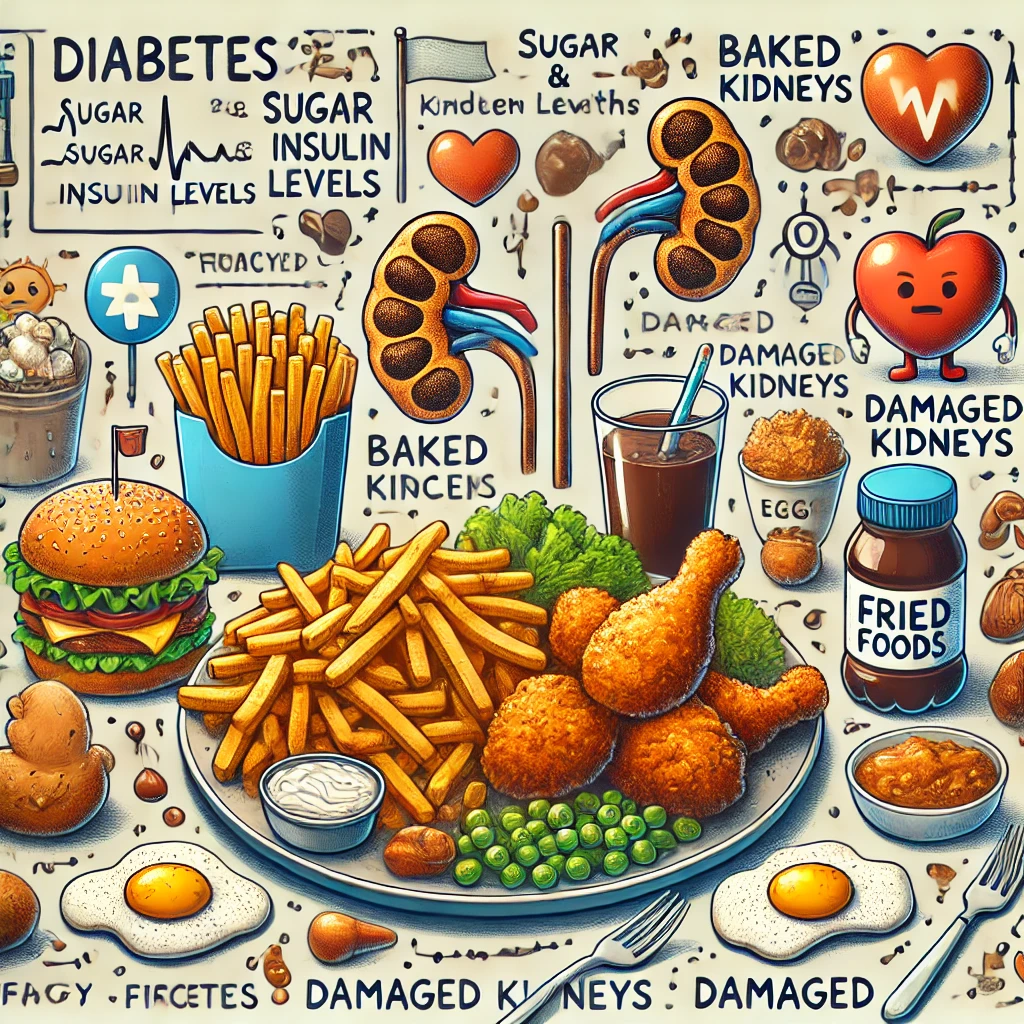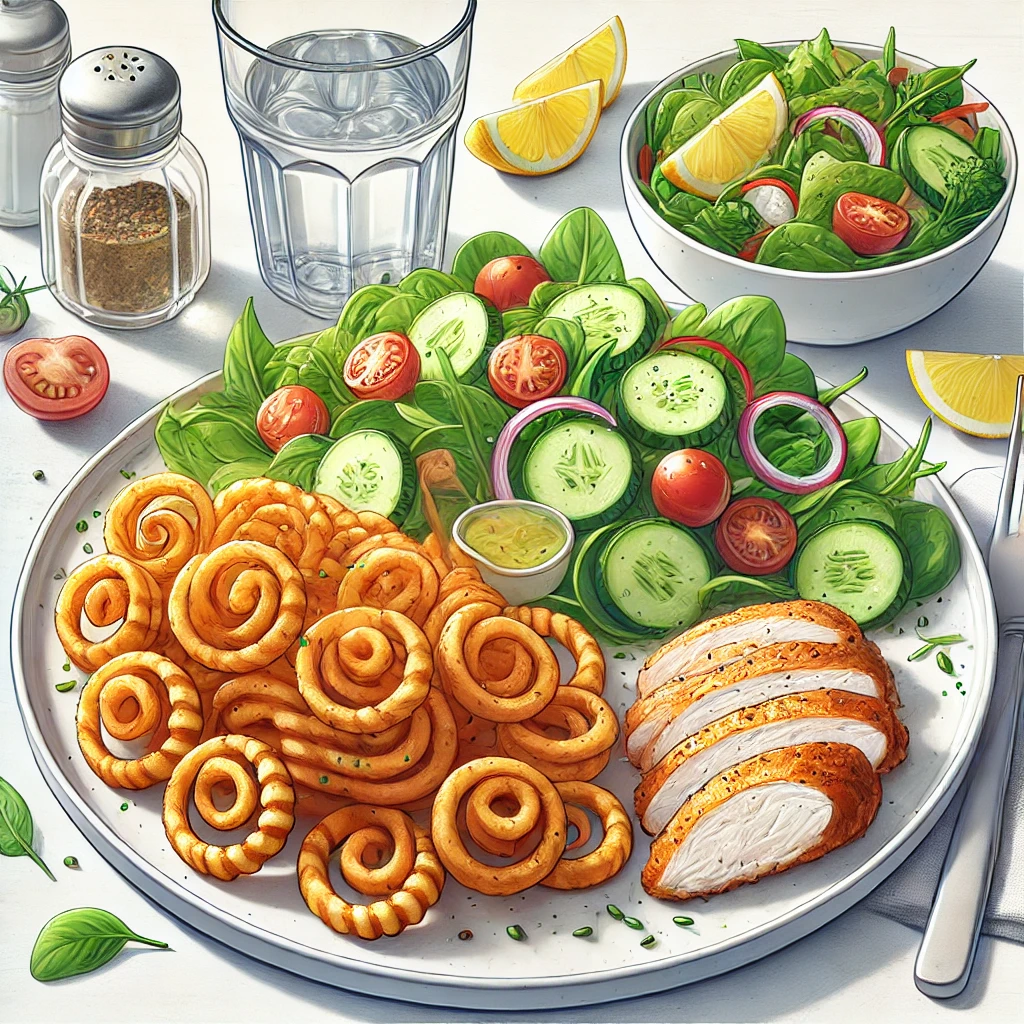The Impact of Fried Foods on Health and Tips
Fried foods are loved by many for their crispy texture and savory taste. However, excessive consumption of fried foods can negatively affect health. This article explores the health impacts of fried foods and provides practical… The Impact of Fried Foods on Health and Tips

